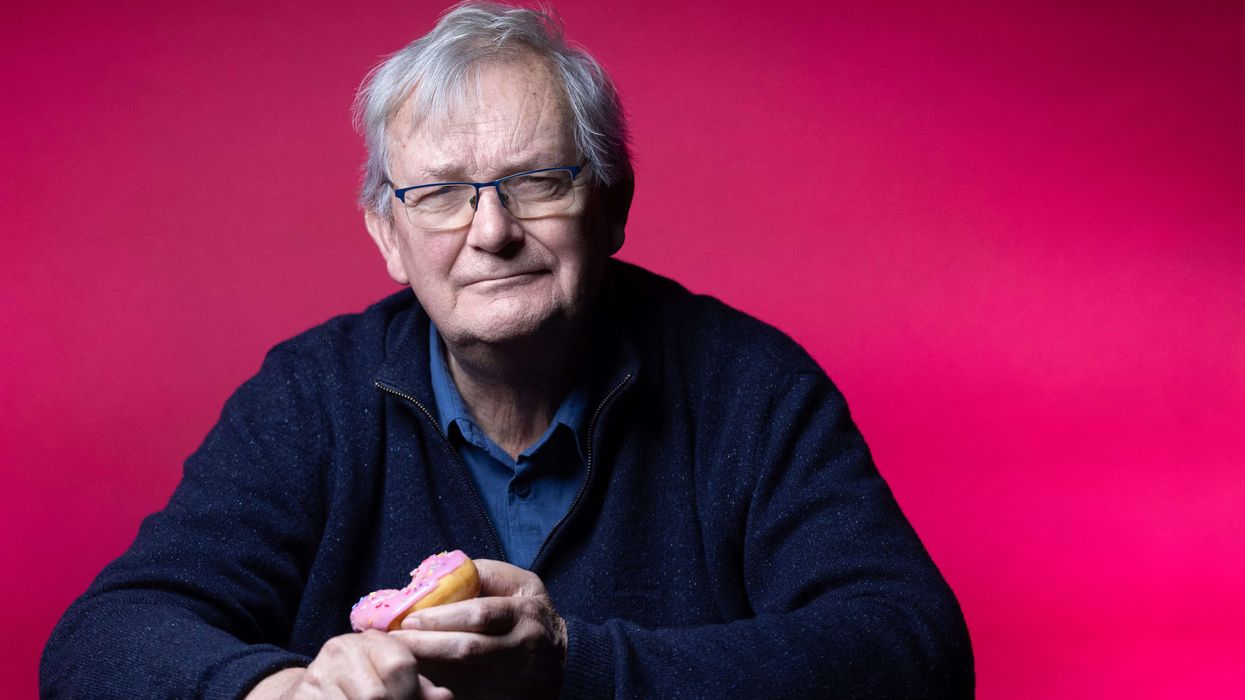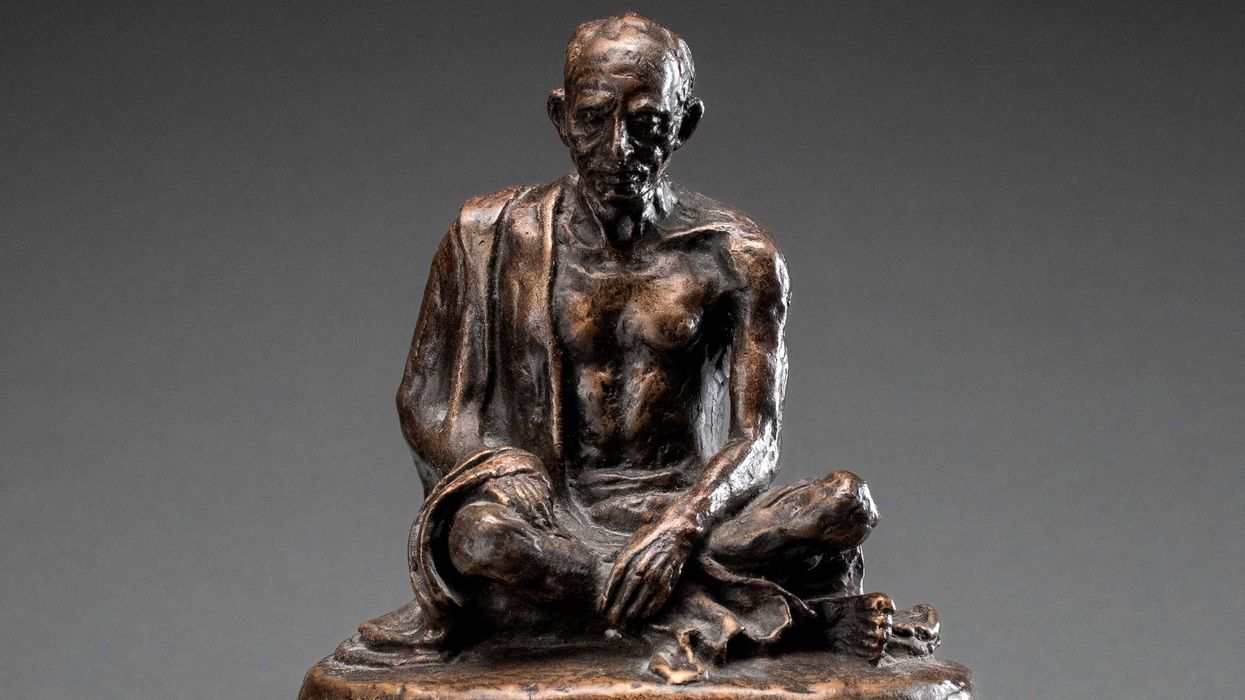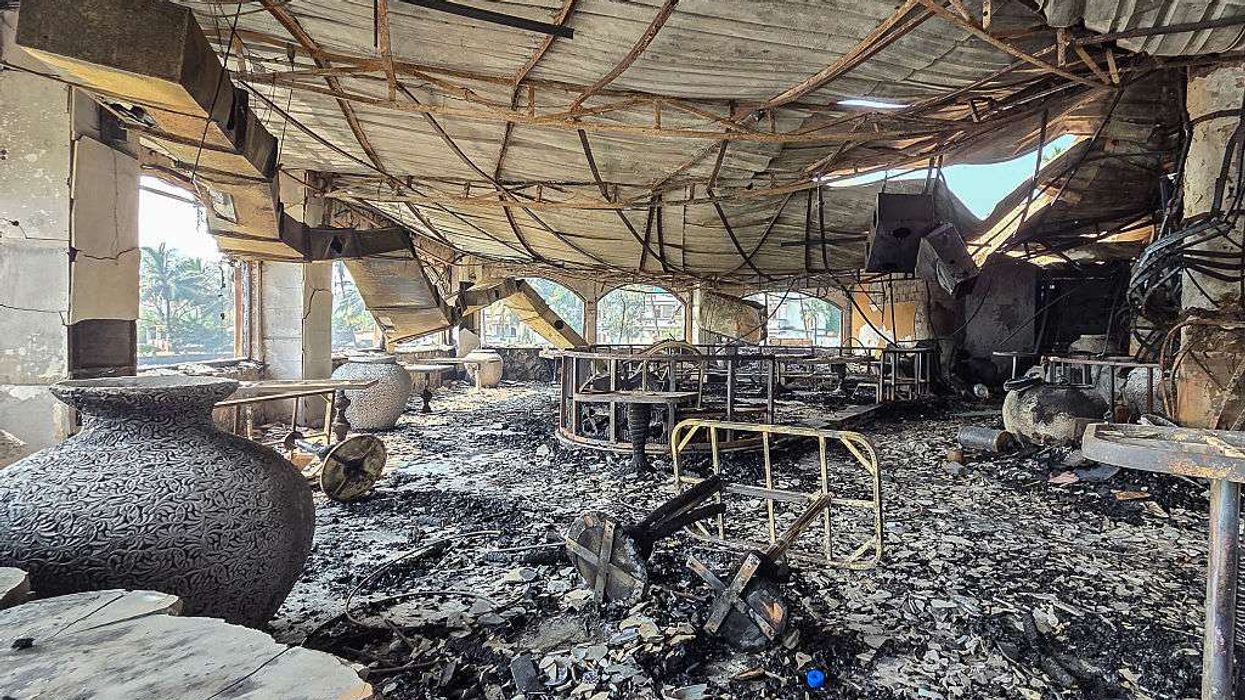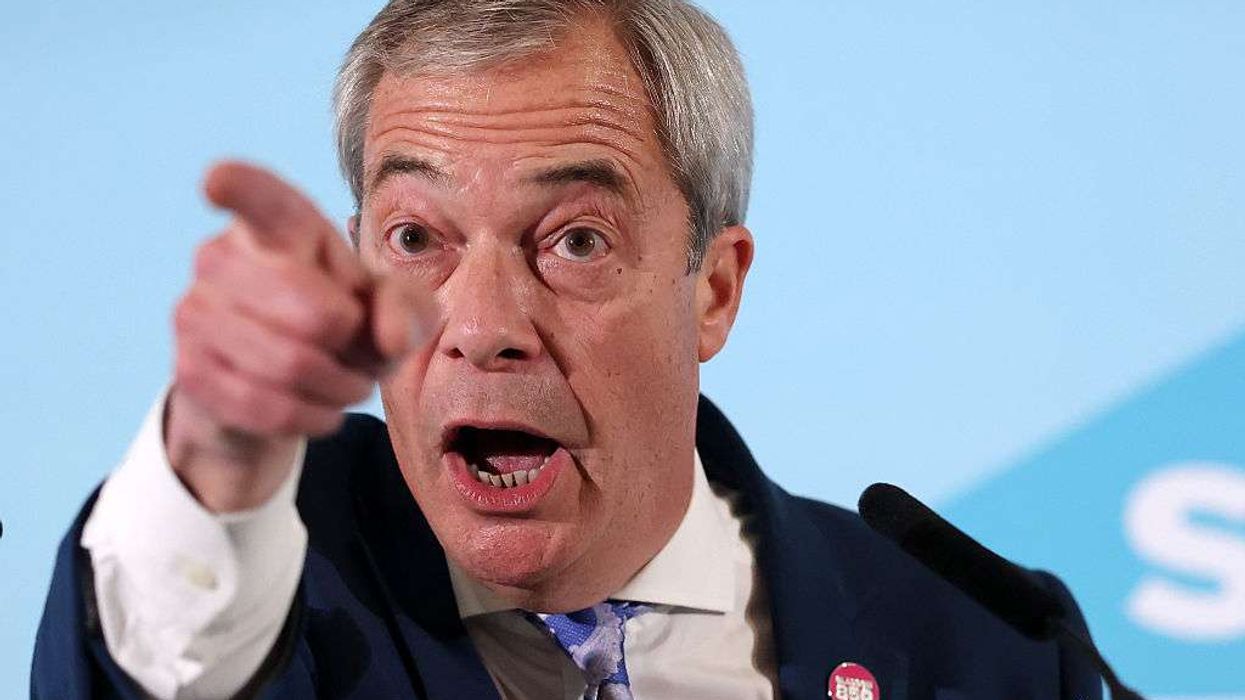Janhvi Kapoor made her debut last year with Karan Johar’s production venture Dhadak. The actress soon started getting some meaty offers and currently has movies like RoohiAzfa, Dosatan 2, Gunjan Saxena – The Kargil Girl, Ghost Stories and Takht in her kitty. And now, she is all set to team up with her father Boney Kapoor for a film titled Bombay Girl.
A source told a daily, “It will see Janhvi in an all-new avatar. Undoubtedly, it’s going to be a special project for both, her as well as Boneyji. After all, the father-daughter duo is coming together for the first time. For the same film, Boneyji has joined hands with (producer) Mahaveer Jain.”
The movie will be directed by Ssanjay Tripaathy. “It’s going to be a coming-of-age story of a rebellious teenager and Janhvi is also very excited about the film as the part is diametrically opposite to her other roles,” the source added.
Boney confirmed the news to the daily said, “I am surely very excited about the film. Janhvi will be doing something completely different from what she is doing in all her other movies.”
When asked if he is emotional about working with Janhvi for the first time, Kapoor said, “I feel whenever a parent works with his/her kids, it’s an emotional experience, and the same holds true for me. I was equally overwhelmed when I teamed up with Arjun for the first time.”
Well, Boney Kapoor will also be producing the Hindi remake of Tamil hit, Comali, and it will star his son Arjun Kapoor in the lead role.





 PETA India picks Raveena Tandon as Person of the Year after her stand against cruelty to animals Rohn Pingalay
PETA India picks Raveena Tandon as Person of the Year after her stand against cruelty to animals Rohn Pingalay  Raveena Tandon named PETA India Person of the Year for rescuing animals and opposing live elephant use
Raveena Tandon named PETA India Person of the Year for rescuing animals and opposing live elephant use 






